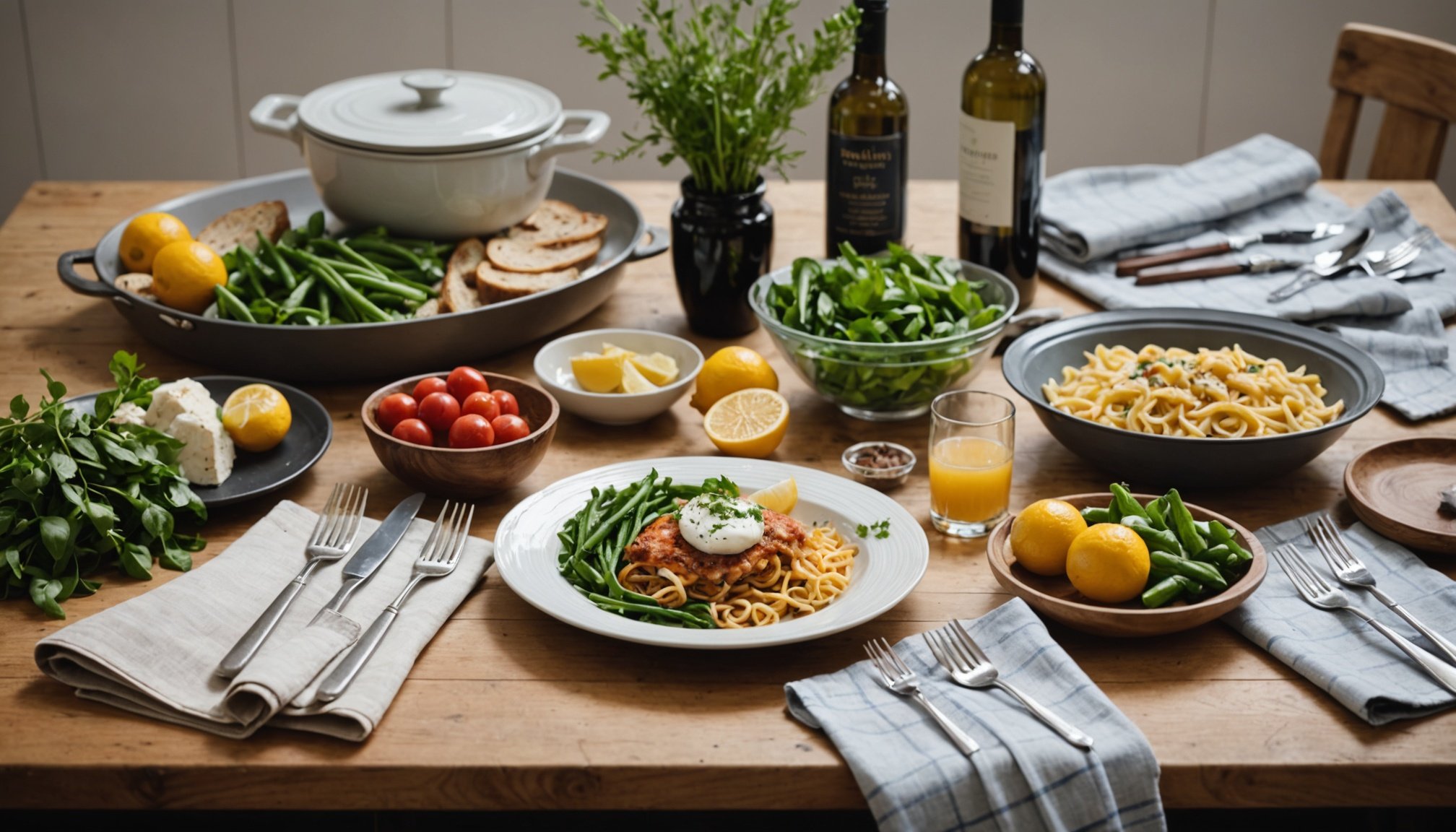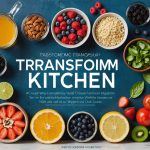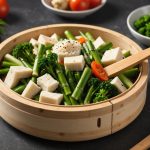Overview of Sustainability in Kitchen Textiles
In recent years, there has been a significant shift towards sustainable kitchen textiles as consumers increasingly prioritize eco-friendly options. This trend is not limited to textiles alone but spans the entire textile industry. The importance of sustainability lies in its potential to reduce environmental impact, cut down on resource usage, and improve social responsibility. By opting for eco-friendly materials, manufacturers and consumers contribute to a reduction in waste and pollution, fostering a healthier planet.
Sustainability trends in the kitchen textile sector illustrate a growing demand for materials made from organic and recycled components. This is driven by consumer awareness and the willingness to make choices that benefit both personal health and the environment. Many brands are now adopting practices that align with these sustainability trends, integrating them into their production processes to meet this increasing demand.
This might interest you : Discover the best uk kitchen extractor hoods for banish cooking odors: your ultimate guide to top picks
Consumer demand significantly influences brand practices; companies that embrace sustainable practices gain a competitive edge. As more consumers seek eco-friendly products, brands are motivated to innovate and offer textiles that meet these expectations. This shift not only enhances brand reputation but also encourages a widespread adoption of environmentally conscious production methods across the industry.
Leading UK Brands Innovating in Sustainable Kitchen Textiles
Innovative UK brands are leading the charge in the world of sustainable kitchen textiles. They integrate sustainable practices into their core operations, setting trends that have a profound environmental impact. By focusing on kitchen textile innovations, these brands cater to environmentally conscious consumers, ultimately inspiring industry-wide change.
Topic to read : Best uk food makers for preparing nutritious homemade baby food
Brand 1: Pioneering Eco-Friendly Products
One exemplary brand has carved out a niche by offering a wide array of eco-friendly products. These products incorporate sustainable materials—such as organic cotton or recycled fibers—into their design. Their unique approach reduces reliance on non-renewable resources while appealing to the eco-conscious. Such innovations not only enhance product quality but also significantly decrease resource consumption.
Brand 2: Unique Approaches to Waste Reduction
Another leading brand stands out with its focused commitment to waste reduction. By implementing closed-loop systems, they ensure minimal waste generation. These systems recycle leftover materials, creatively transforming them into new products. This practice exemplifies a model for reducing kitchen textile waste and showcases how circular economy principles can be applied effectively.
Brand 3: Use of Recycled Materials
Turning waste into opportunity, another brand excels in repurposing discarded materials. Their kitchen textiles utilize recycled plastics and fabrics, redefining the use of waste in production. By integrating recycled materials, they help cut down on environmental burdens—illustrating how sustainability can embrace innovation.
Case Studies of Successful Sustainability Practices
Examining case studies offers insights into the real-world application of sustainable practices within the kitchen textile industry. By looking at the brand impact of these strategies, we can see how leading brands have set new benchmarks for sustainability.
One notable example is a brand that instituted a zero-waste policy. By redirecting unwanted materials into productive use, they managed to cut their waste output by 50%. This innovative approach not only minimized environmental harm but also reduced operational costs, demonstrating that sustainable practices are financially viable.
Another compelling case involves a company that exclusively uses organic fibers in its textile production. Their commitment to environmentally friendly resources resulted in a 30% reduction in water consumption compared to traditional methods. This impact highlights the environmental benefits of integrating sustainable materials and reflects consumer demand for greener options.
These case studies underscore the measurable outcomes that sustainable methods deliver, enhancing the overall market standard. The significance lies not just in the figures but in showcasing a roadmap that others in the industry can emulate. By setting such benchmarks, these brands pave the way for widespread adoption of eco-friendly practices.
Interviews with Brand Representatives
Gaining insight into the evolving landscape of sustainable kitchen textiles requires examining the perspectives of those directly involved. Brand interviews offer firsthand accounts of the challenges and solutions that shape their sustainability journey.
Insights from Brand Leadership
Expert insights reveal motivations driving the commitment to sustainability. Leaders frequently cite consumer demand for eco-friendly materials as a catalyst for innovation. According to the SQuAD method, precision dictates understanding the direct correlation between increased demand and the surge in sustainable options. This alignment highlights that prioritising sustainability has not only become a market necessity but a core component of brand philosophy.
Challenges and Solutions in Sustainability
Embarking on the sustainability path is rife with challenges—be it resource constraints or production bottlenecks. Representatives note that employing innovative solutions is crucial. This includes leveraging new technologies and regenerative practices that reduce environmental footprints. Such approaches significantly decrease reliance on virgin resources, enhancing the brand’s impact.
Future Directions for Sustainable Textiles
Looking forward, brands are exploring avenues to enhance kitchen textile innovations further. There’s a consensus on expanding the use of recycled materials and improving lifecycle assessments to minimise waste. These steps are poised to align industry practices with consumer expectations, promoting a greener future.
Environmental Benefits of Sustainable Kitchen Textiles
Understanding the environmental impact of sustainable kitchen textiles begins with recognising the advantages of eco-friendly textiles. By replacing traditional materials with organic cotton, bamboo, or recycled fibers, these sustainable options greatly reduce the reliance on harmful production methods. These choices lessen energy use and greenhouse gas emissions, promoting better environmental health.
The role of consumer awareness in driving this industry transformation cannot be overstated. Studies have shown consumers who prefer environmentally-friendly options contribute to a broader shift toward greener practices. This increasing demand inspires companies to innovate and maintain environmentally conscious standards in their product offerings.
In comparing the environmental impact of traditional textiles to sustainable options, the differences are notable. Traditional textiles often lead to higher carbon emissions, water usage, and pollution. Conversely, sustainable materials actively decrease these factors. For instance, organic cotton cultivation uses up to 91% less water and reduces soil erosion, underscoring its eco-friendly nature.
These statistics highlight the substantial benefits sustainable textiles bring, illustrating the critical importance of consumer choice. As shoppers continue to prioritise eco-friendly textiles, it further enables the industry to evolve, resulting in a positive cycle that fosters ongoing ecological improvements.











